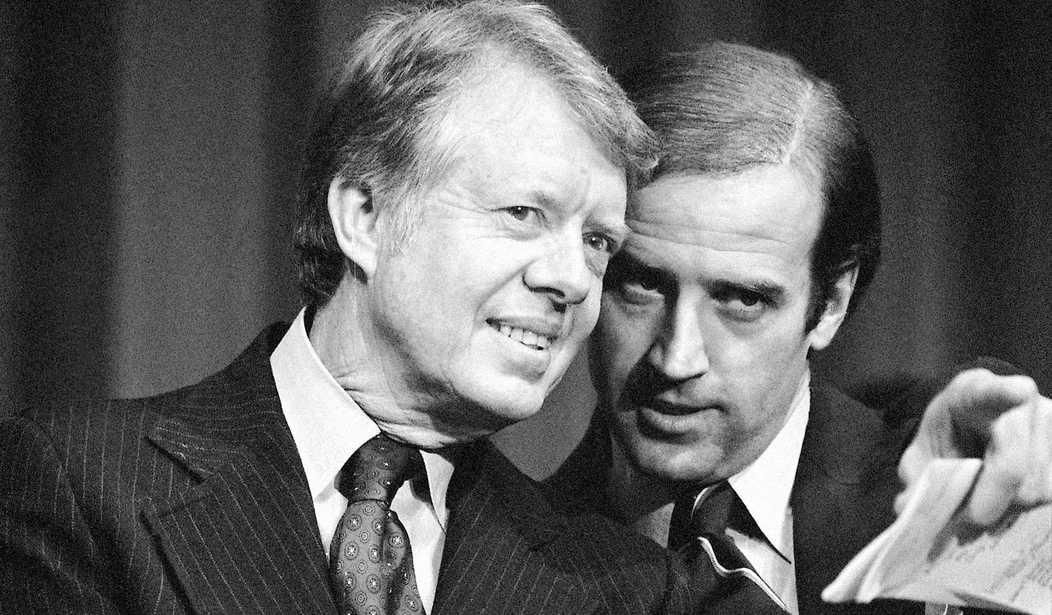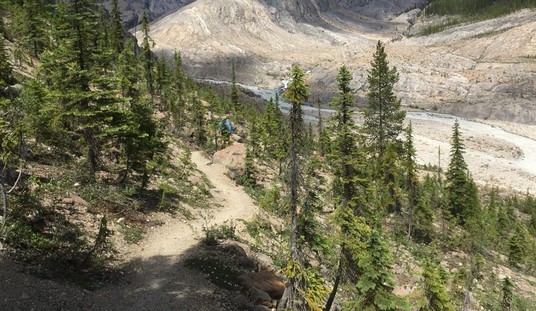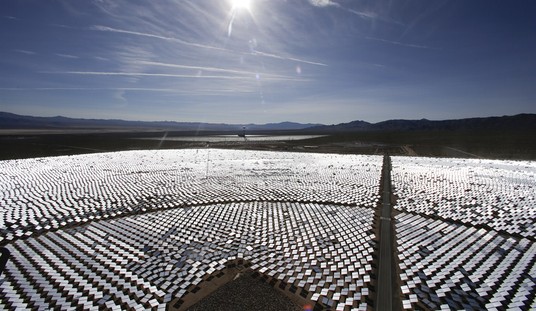Remember when the Biden administration assured us that inflation was only “transitory”? Good times, good times. Not only is inflation not going away, it’s getting progressively worse, according to a new report from the Bureau of Labor Statistics:
Prices rose 5.4 percent in September compared with a year ago, as the delta variant of the coronavirus continues to hamper supply chains, the job market and the Federal Reserve’s own expectations for the economy.
Data released Wednesday by the Bureau of Labor Statistics showed that prices rose 0.4 percent in September compared with August. …
On the inflation side, Fed leaders have long said that price increases are a “transitory,” or temporary, feature of an economy battered by the pandemic. Their message is that as supply chains clear up, inflation will settle back down closer to the Fed’s 2 percent annual target, sometime next year.
Yet, that timeline has been complicated by the delta variant and the uncertainty it brings for global supply chains. For example, in a recent speech, Fed governor Lael Brainard pointed to builders who can’t get enough construction materials and to North American auto production, which was paused by shutdowns in Malaysia and Vietnam.
The Fed’s take that inflation is temporary has left the American public asking how much longer it will take for gas or grocery prices to simmer down.
As it always is, inflation proves to be a regressive tax on the poor. WaPo economics reporter Heather Long breaks down the impact of this particular inflationary cycle, which appears particularly regressive. One factor in particular stands out:
This is a really worrying inflation story for low-income Americans.
Gas is up.
Pretty much every kind of protein is up.
Rents (OER) are rising. https://t.co/Z0VsywzSrp— Heather Long (@byHeatherLong) October 13, 2021
Gasoline prices have gone up 42% over last September. That will get explained away by a broader reopening of businesses, but most businesses had already reopened by last September. More people have jobs and the cash for car trips, but the big burst in hiring had already occurred by last September, too. Some of that increase in price comes from demand, but not all of it.
At least a significant part of that price increase in gasoline comes from Joe Biden’s policies on oil extraction and processing in the US. Biden shut down the Keystone Pipeline, as expected, and has bowed to his progressive wing in closing down federal leases for exploration and extraction of oil and natural gas. Fracking will almost certainly be a major target of this administration. Those policies and positions have already had an impact on futures pricing, as well as current actions on exploration and extraction. Those have forced prices rapidly upward, and threaten to make us dependent on higher-cost petroleum imports rather than continue as a net exporter, as we became during Donald Trump’s administration.
Those policies are a major driver of the inflation we are seeing now. Gasoline prices act as a force multiplier for inflation; as goods move through a distribution chain, transportation costs get added at every cycle. The more expensive gas becomes, the more expensive it becomes at every transition to bring goods and services to the consumer. We don’t pay for gas prices only while pumping it into our own car — we pay for gas in every truck that transports goods in America.
If gas prices shoot up 42% in a year, the wonder is that we’re only at an overall 5.4% annual inflation rate. We can expect that to get a lot worse while Biden sticks to the energy policies he’s adopted, too. And that’s even apart from the supply-chain shortage issues and the mass printing of money that Biden has created, too.
Those of us who endured the late 1970s at the gas pumps and in the “misery index” remember this formula well. Joe Biden’s old enough to remember it, too, as well as its eventual outcome.








Join the conversation as a VIP Member